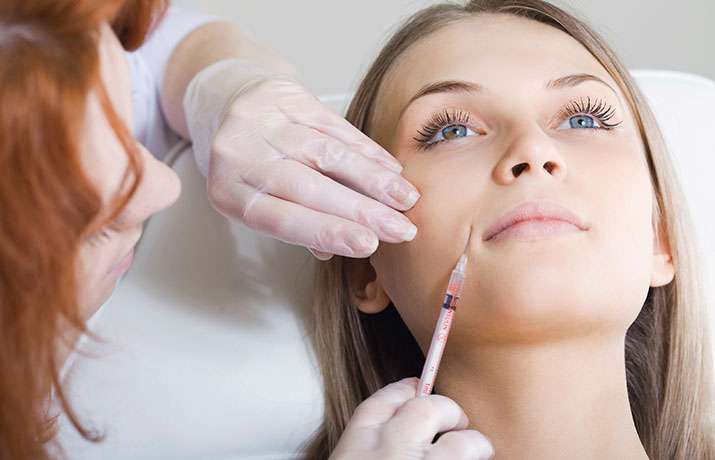The population of the United States continues to grow with the state of Arizona maintaining its position near the front. The U.S. has over one hundred fifty million women and that number continues to grow daily, which has led to a growing need for information about sleeping disorders relating to women. The article below from the Journal of Women’s Health sheds some new light on the percentages of sleeping breathing disorders among females in the U.S. population. The fact the report concludes that 25% of the women in the U.S. are “high risk” for obstructive sleep apnea syndrome (OSAS) makes the information even more necessary and relevant. Dr. Stan Farrell, with AZ TMJ, can accurately diagnose and treat your obstructive sleep apnea. He has extensive experience in treating a wide variety of causes of head pain. Furthermore, the American Academy of Sleep Medicine has designated dental sleep appliances as the number one treatment alternative for obstructive sleep apnea, which makes Dr. Farrell, who is a member of the American Academy of Dental Sleep Medicine and board certified with the American Board of Orofacial Pain, an excellent choice and one of best qualified doctors in Arizona to treat sleep apnea with an oral appliance. Schedule an appointment for a consultation with Dr. Farrell at 480-945-3629. www.headpaininstitute.com
Fotis Kapsimalis, M.D.1 and Meir Kryger, M.D.2
Background: Obstructive sleep apnea syndrome (OSAS) is a common disorder that remains underdiagnosed in adult females. The Berlin Questionnaire is a validated tool for identifying people at risk for OSAS. The aim of this report was to evaluate the prevalence of common symptoms of OSAS in women and to estimate the risk for OSAS among females in the United States.
Methods: This is an analysis of data from the 2007 Sleep in America Poll of the National Sleep Foundation. The NSF Poll is an annual telephone survey of a representative sample of U.S. adults. The 2007 NSF Poll included 1254 women in the United States, with an oversample of pregnant and postpartum women. We used the Berlin Questionnaire to estimate the risk for OSAS among the U.S. female population. This instrument includes questions about self-reported snoring, witnessed apneas, daytime sleepiness, hypertension, and obesity. Also included were questions about sleep habits, sleep problems, menstrual cycle status, and other medical disorders.
Results: Twenty-five percent of the female population was found to be at high risk for OSAS. Among women at high risk, such common symptoms of OSAS as habitual snoring (61%), observed apneas (7%), and daytime sleepiness (24%) were highly prevalent. Sleep onset insomnia (32%) or maintenance insomnia symptoms (19%) and restless legs syndrome (RLS) symptoms (33%) or body movements (60%) also were frequently reported. The risk increased with age (p<0.05), obesity (p<0.001), and menopause (p<0.001). The presence of chronic medical disorders was more frequently reported among women at high risk.
Conclusions: One in four women in America is at high risk of having OSAS. Awareness by the primary care medical community of this disorder in females should thus be increased. (Journal of Women’s Health. August 2009, 18(8): 1211-1219.)

